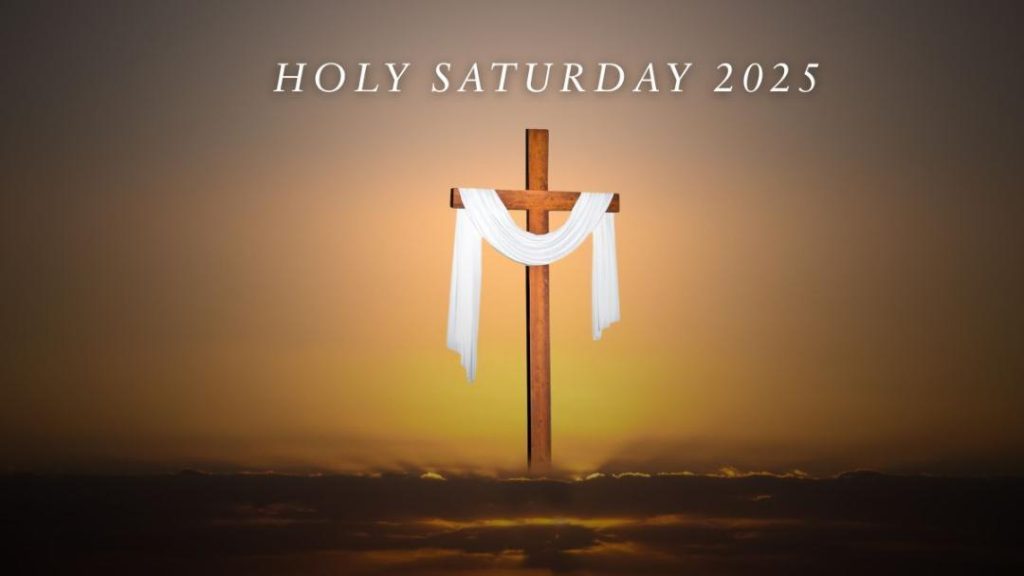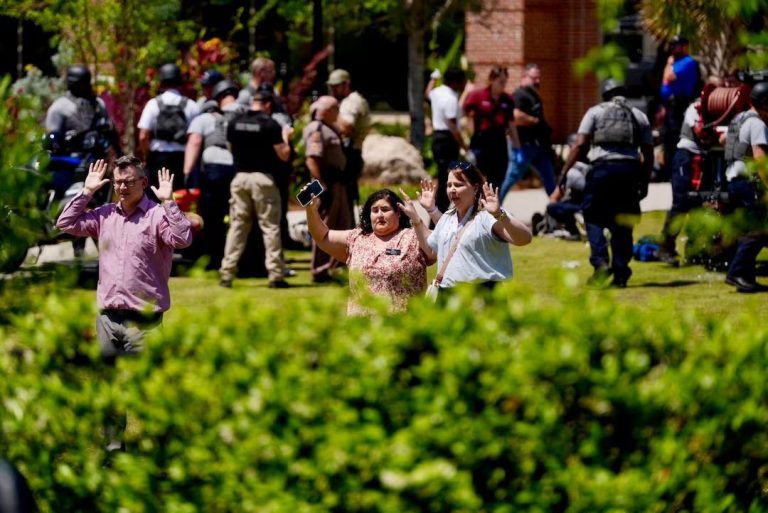
What is Holy Saturday & why is it celebrated?
Holy Saturday, observed between Good Friday and Easter Sunday, marks a pivotal moment in the Christian calendar. It is the day Jesus Christ lay in the tomb after his crucifixion, a period of silence, reflection, and anticipation before the celebration of his resurrection. This year, Holy Saturday will be observed on April 19, 2025, followed by Easter Sunday on April 20.
As the world commemorates Jesus’ crucifixion on Good Friday, Holy Saturday serves as a bridge between the somberness of the crucifixion and the joy of the resurrection. It is a day of quiet contemplation, where Christians reflect on the significance of Christ’s sacrifice and the hope of new life that lies ahead.
The significance of Holy Saturday lies in its role as a threshold between death and life. While Jesus’ body lay lifeless in the tomb, his spirit continued to guide and comfort his followers. This period of three days, from the crucifixion to the resurrection, is often referred to as the “harrowing of hell,” where Jesus freed the souls of the righteous from eternal damnation.
In many Christian traditions, Holy Saturday is marked by a somber atmosphere, with services and prayers focused on the burial and resurrection of Christ. The day is often characterized by a sense of anticipation, as believers look forward to the celebration of Easter Sunday, which commemorates Jesus’ triumphant return to life.
The history of Holy Saturday dates back to the early Christian era, when the apostles and early Christians would gather in secret to celebrate the resurrection of Christ. As the church grew and spread, the significance of Holy Saturday became more pronounced, with many traditions and customs emerging to mark the day.
One of the most notable customs associated with Holy Saturday is the blessing of the Easter baskets. In many Eastern European countries, families would prepare baskets filled with food, flowers, and other symbols of new life, which would be blessed by the priest during a special service. This tradition is believed to have originated in the 17th century, when Ukrainian and Polish communities would exchange baskets as a symbol of unity and solidarity.
Another significant custom associated with Holy Saturday is the reenactment of the Stations of the Cross. This devotional practice, which originated in the 14th century, involves a series of prayers and reflections on the stations of Christ’s journey to the cross. On Holy Saturday, many churches and communities would hold special services and processions to reenact the Stations of the Cross, often accompanied by music, candles, and other symbols of faith.
In addition to these customs, Holy Saturday is also marked by a sense of hope and anticipation. As the day wears on, many Christians would gather in churches and homes to pray, sing hymns, and reflect on the significance of Christ’s resurrection. This sense of anticipation builds towards the climax of Easter Sunday, when the church will gather to celebrate the triumph of life over death.
In conclusion, Holy Saturday is a day of profound significance in the Christian calendar, marking the period between Christ’s crucifixion and resurrection. As the world observes this sacred day, Christians are reminded of the power of hope and redemption, and the promise of new life that lies ahead. Whether through quiet contemplation, traditional customs, or acts of service, Holy Saturday serves as a powerful reminder of the transformative power of Jesus Christ.



